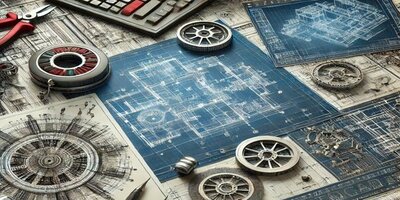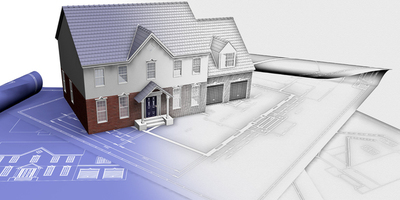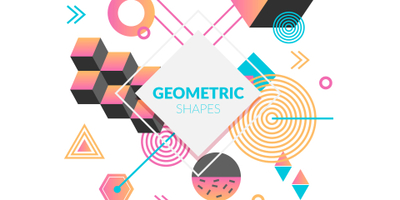NX CAD, developed by Siemens Digital Industries Software, is a leading integrated CAD/CAM/CAE platform used for advanced product design, engineering, and manufacturing. It provides a complete set of tools for 3D modeling, simulation, and production, making it one of the most powerful solutions for end-to-end product development.
NX CAD is widely recognized for its flexibility, scalability, and high-performance capabilities, enabling engineers to handle everything from concept design to manufacturing in a single platform. Its strong integration with PLM (Product Lifecycle Management) systems makes it the preferred choice for industries dealing with complex, large-scale projects.
Standard tool in aerospace, automotive, and high-tech industries.
Strong demand for NX professionals worldwide.
Comprehensive platform prepares learners for design, simulation, and manufacturing roles.
Provides a career edge in companies using Siemens PLM and digital twin technologies.
Advanced 3D Modeling – Robust parametric, direct, and freeform modeling tools.
Integrated Platform – Combines CAD (design), CAE (simulation), and CAM (manufacturing).
High-End Simulation – Stress, motion, flow, and optimization studies.
Large Assembly Management – Efficiently handles massive and complex product designs.
Industry-Proven – Extensively used in aerospace, automotive, shipbuilding, industrial machinery, and medical devices.
Design of aircraft structures, engines, and interiors.
Simulation of aerodynamics, thermal loads, and structural strength.
Body-in-white design, powertrain components, and interiors.
Crash simulation, motion analysis, and lightweight optimization.
Complex assemblies, heavy equipment, and automation systems.
Tooling, jig, and fixture design for manufacturing.
Precision modeling of surgical tools, prosthetics, and implants.
Validation of designs with stress and thermal simulations.
Hull and structural design with large assembly management.
Integration of mechanical, electrical, and fluid systems.
CAM integration for CNC machining.
Generative design and additive manufacturing (3D printing).
By the end of this course, learners will be able to:
Create and constrain 2D sketches with dimensions and geometric relations.
Develop 3D parametric parts and features using modeling tools like extrude, revolve, sweep, blend, and patterns.
Apply surface modeling tools to create freeform and complex geometries.
Design sheet metal parts with bends, flanges, and flat patterns.
Assemble multiple components with constraints, detect interferences, and analyze motion.
Generate engineering drawings with dimensions, GD&T, BOM, and annotations.
Use simulation tools for stress, motion, and thermal analysis of designs.
Prepare models for manufacturing using integrated CAM and additive manufacturing workflows.
Manage large assemblies and product structures efficiently.
Apply professional CAD practices and gain industry readiness in aerospace, automotive, and advanced engineering fields.

Component Based Training
Industry Based Training
International Certifications
100% Placement Assistance
Free Certified Workshops & Seminars
Syllabus Based Classes

Component Based Training
Industry Based Training
International Certifications
100% Placement Assistance
Free Certified Workshops & Seminars
Syllabus Based Classes

Component Based Training
Industry Based Training
International Certifications
100% Placement Assistance
Free Certified Workshops & Seminars
Syllabus Based Classes

Component Based Training
Industry Based Training
International Certifications
100% Placement Assistance
Free Certified Workshops & Seminars
Syllabus Based Classes

Component Based Training
Industry Based Training
International Certifications
100% Placement Assistance
Free Certified Workshops & Seminars
Syllabus Based Classes
No: #172, Raahat Plaza,
2nd Floor, Office No: 196 & 197,
Arcot Road, Vadapalani,
Chennai - 600026.
caddschool@gmail.com
© CADD SCHOOL. All Rights Reserved. CADD SCHOOL